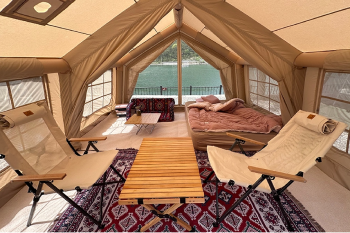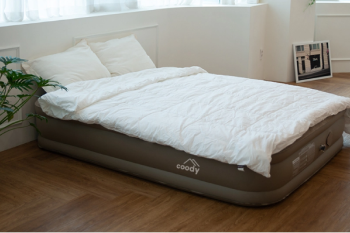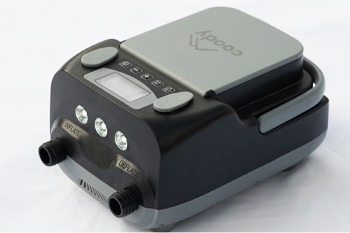Coody AirTent Lite Series FAQ
Here you'll find a list of frequently asked questions about our Coody AirTent Lite Series. For more detailed and comprehensive information on each of our tents, explore the sections provided. If you can't find the answer you're looking for, don't hesitate to email us!
Common FAQs
Is the AirTent 60 Lite waterproof?
The AirTent 60 is designed for summer camping and light rain. While it is constructed from 150D silver-coated fabric, which offers high waterproofing, the numerous vents and zippers may still let water in. Therefore, we do not recommend using this tent in rainy weather.
How well do the AirTent 60 Lite withstand the wind?
The AirTent 60 Lite is suitable for winds up to 25 mph. However, for optimal performance in windy conditions, ensure the following:
- Proper Inflation: Maintain the recommended PSI (maximum 7.5 PSI).
- Secure Ground Stakes: Use all provided ground stakes in solid ground.
- Properly Set Guy Lines: Ensure all guy lines are tightly secured.
Be cautious of powerful gusts, as the force exerted on the tent is a product of wind speed and surface area. Avoid using the tent in heavy gale conditions or storms. Wind gusts can exceed the average wind speed, so always check the forecast for any heavy winds.
How long does it take to inflate the tent?
The time it takes to inflate your tent depends on the type of pump you use. Using the included manual pump, it'll take around 60 pumps to fully inflate your AirTent.
Is it possible to overinflate my tent?
The AirTent 60 Lite / Coody 5.8 features a pressure release valve located just above the inflation valve. Despite this, it is advised to monitor the pressure during inflation and to never exceed 7.5 PSI.
Do I need to keep pumping air into my tent?
No! This is not like a bounce house. Once the tent is inflated, simply seal off the input valve, and the tent will stay inflated and erect. You do not need to keep pumping air into the structure.
Will the tent leak air?
No, the tent should not leak air. If you notice a loss of air, it could be due to one of the following reasons:
- Air Input Nozzle Not Firmly Closed: The air input nozzle has two parts - the inner nozzle releases air, and the outer nozzle is a one-way valve allowing air in. Ensure both are firmly screwed shut to prevent any air leakage.
- Pressure Release Valve: The tent has a pressure release valve on the air pole just above the input nozzle. This valve vents excess air if the pressure exceeds a safe limit, which can happen if the tent gets too hot (e.g., on a sunny day or if you're using a heater inside). If this happens, just add a little air to restore the pressure to 7.5 PSI.
- Leak or Hole: If you suspect a leak or hole, refer to our tent patching guide for help finding and fixing the issue.
Do I need a groundsheet for my tent?
Yes, we recommend always using a ground sheet. It helps keep the tent clean when folding it for transport and storage.
Oliezi Outdoors offers custom ground sheets available for purchase on our website.
If you prefer to use your own ground sheet or tarp, here are the dimensions for the AirTent 60 Lite: 7'10" x 7'10".
If you use an oversized ground sheet, be sure to fold it so it doesn't protrude. Using a tarp or ground sheet larger than the tent can cause water to pool under the tent. Always use a ground sheet that matches your tent's floor size.
What happens if the inflatable frame is punctured or pops?
The tent air frame is contained within the tent and the bottom of the air poles are reinforced with extra thick PVC and oxford fabric to protect it from external punctures.
If an accidental puncture does occur, you can repair the air frame with our free patching kit. Check out how to repair your air frame here.
What’s the proper maintenance routine?
All of our tents are made from durable fabric. However, proper maintenance helps maintain its durability. That said, after camping, make sure to spray some mild soapy water on your tent and wipe it with a clean, soft sponge. Let it air dry, disassemble, and then place it back in its storage container.
In-Depth Guides
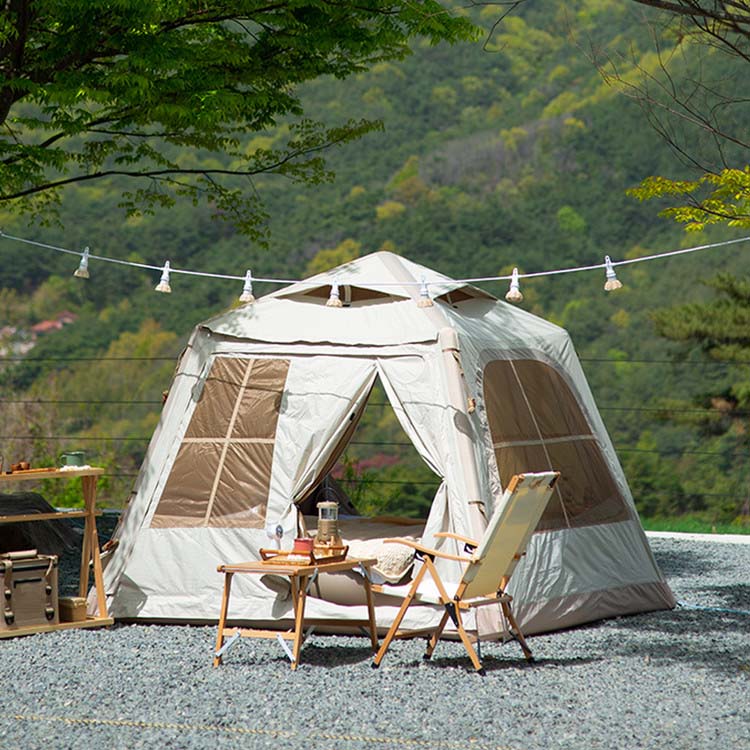
Setup Guide + Care & Maintenance
Coody 5.8 / AirTent 60 Setup Guide
From what’s it made of, how to use it, how it compares to other tents -- basically all you need to know about your Coody 5.8.
Browse Other Categories
-
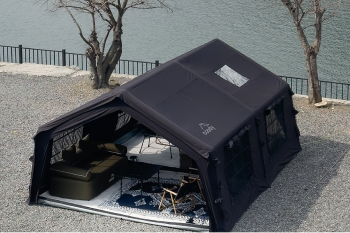
Coody AirTent Series
Read MoreGuides and information about the Oliezi / Coody 5.3, 13.6, Familia and more.
-
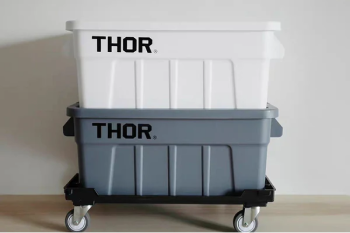
THOR Storage & Accesories
Read MoreProduct information and guides for various THOR boxes and accessories.
-
